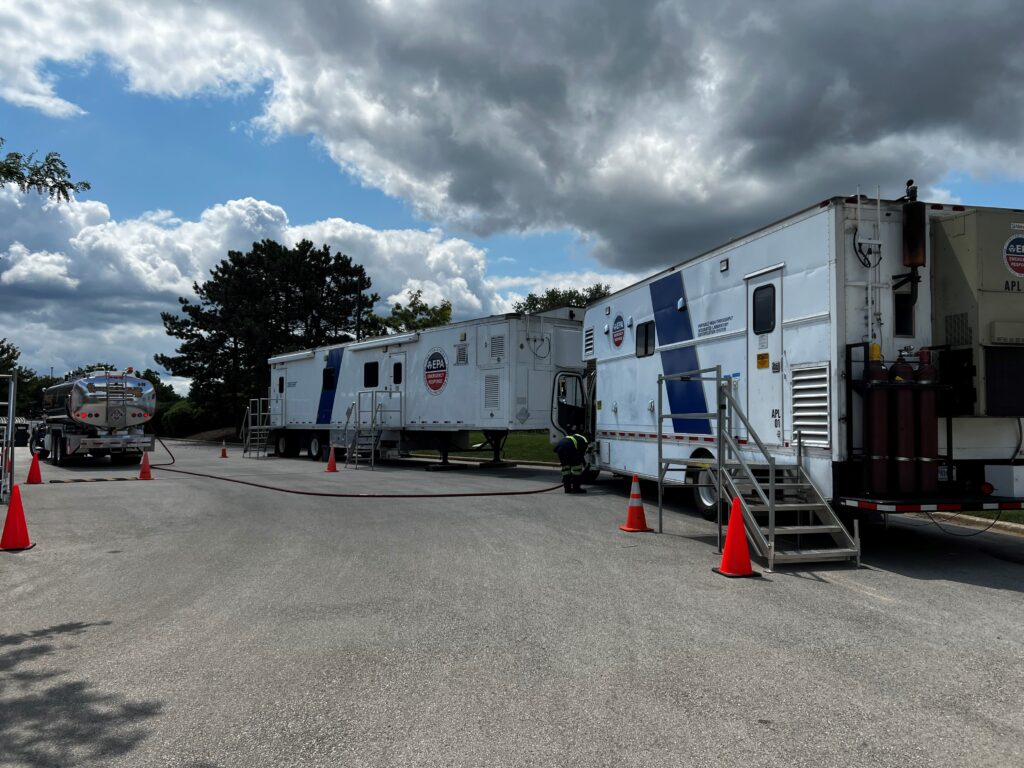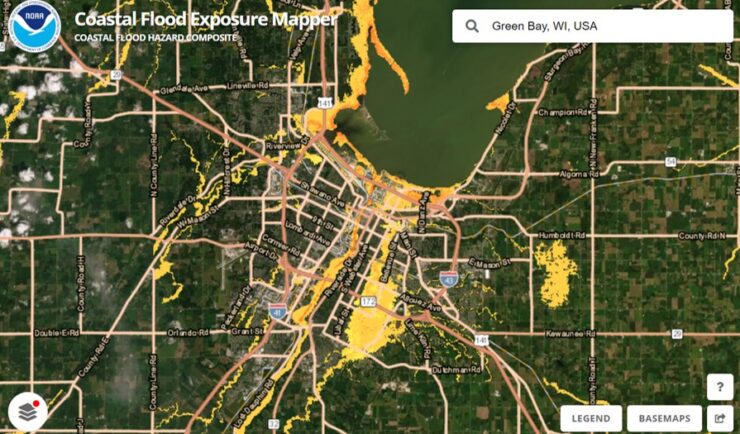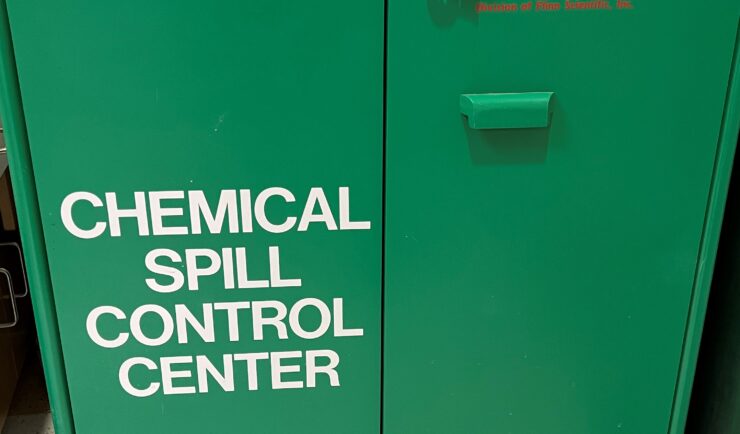- CSS News, Success Stories
- Emergency Preparedness & Response
Emergency Response Support for the Republican National Convention

CSS employee owners on contract with the U.S. Environmental Protection Agency’s Portable High-throughput Integrated Laboratory Identification System — a mobile analytical unit known as PHILIS — provided emergency response support for the 2024 Republican National Convention. PHILIS mobile laboratory units are designed to provide onsite analysis of environmental conditions, including air and soil samples, contaminated with chemicals. While the convention was held in Milwaukee, Wisconsin, the team was stationed on stand-by in a nearby location in Illinois to provide emergency response for the event of around 50,000 individuals.
The PHILIS team was prepared to support analysis of
- Volatile organic compounds for liquid, solid and air matrices by gas chromatography-mass spectrometry (GCMS)Semi-volatile organic compounds analysis for liquid and solid by GCMS
- Opioids for liquid, solid and wipe matrices by GCMS-Large Volume Injections (LVI)
- Chemical agent for liquids, solid and wipe matrices by GCMS-LVI
- Various forms of organophosphate nerve agent and venomous agent X for liquid, solid and wipe matrices by ultra performance liquid chromatography mass spectrometry (UPLCMSMS)
- Opioids for liquid, solid and wipe matrices by UPLCMSMS
Throughout the deployment, the team received many visitors, several of them from Hazardous Waste Operations and Emergency Response (HAZWOPER) training and exercise and some on scene coordinators from Region 5. The team analyzed a handful of ‘mock’ air samples at the RNC, which could be characterized as an informal exercise.


See More CSS Insights

Providing Data Products for More Effective Consumption
The National Oceanic and Atmospheric Administration’s (NOAA) National Centers for Environmental Information (NCEI) is responsible for providing data, products, and services that help businesses and organizations operate more efficiently and effectively. As such, these data and products need to be available in a publicly accessible and digestible format the audience are able to understand. To…

Expanding a Popular Flood Exposure Tool
We recently assisted our client, the National Oceanic and Atmospheric Administration’s (NOAA) Office for Coastal Management, with updating one of their most popular tools, the Coastal Flood Exposure Mapper.

Employees Receive Green Sustainability Award of Excellence
Congratulations to our team supporting the Center for Disease Control (CDC) for receiving the Green Sustainability Award of Excellence. Our team led the charge helping CDC to upgrade their spill cabinets across all campuses (Atlanta, GA; Fort Collins, CO; San Juan, PR), which now include a more sustainable material called Trivorex ®. This highly absorbent…
